Radiant energy refers to the energy carried by electromagnetic waves or particles. It is a form of energy that travels through space or other mediums in the form of electromagnetic radiation. This energy includes various types of waves, such as visible light, infrared radiation, ultraviolet radiation, X-rays, and radio waves. Radiant energy is obtained from sources like the Sun, which emits electromagnetic radiation across a broad spectrum. This energy can be absorbed, reflected, or transmitted by objects it encounters. It plays a fundamental role in many natural and technological processes, including photosynthesis, vision, heat transfer, and communication systems. Radiant energy is essential for sustaining life on Earth and is widely utilized in numerous applications, such as solar power generation, medical imaging, and telecommunications.
Examples
X-ray
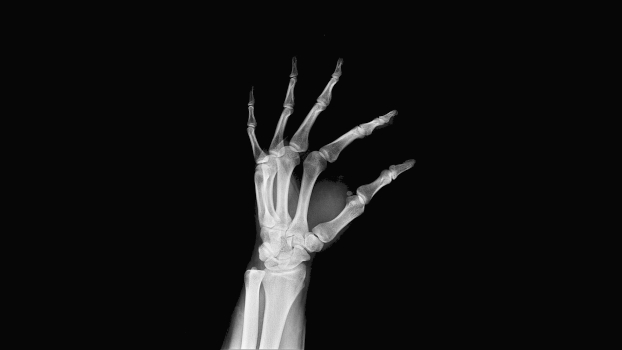
X-rays are a form of electromagnetic radiation with shorter wavelengths and higher energy than visible light. X-rays have the ability to penetrate substances and are widely used in medical imaging. In X-ray machines, a controlled beam of X-rays is directed through the body, and the rays that pass through create an image on a detector. This technology is valuable for diagnosing internal structures such as bones and organs. X-rays also find applications in security screening at airports and in industrial testing. The controlled use of X-rays showcases their ability to penetrate matter, revealing internal details and contributing to various fields, including medicine and industry.
Cell phone

Radiant energy plays a significant role in the operation of a cell phone, especially in the display. Most modern cell phones utilize LED or OLED displays that emit light as pixels are activated. When you use your cell phone, the screen emits radiant energy in the form of visible light, allowing you to see images, text, and videos. Additionally, cell phones also emit and receive electromagnetic radiation for wireless communication. The interplay of radiant energy in the form of light and electromagnetic waves contributes to the functionality of cell phones.
Microwave oven
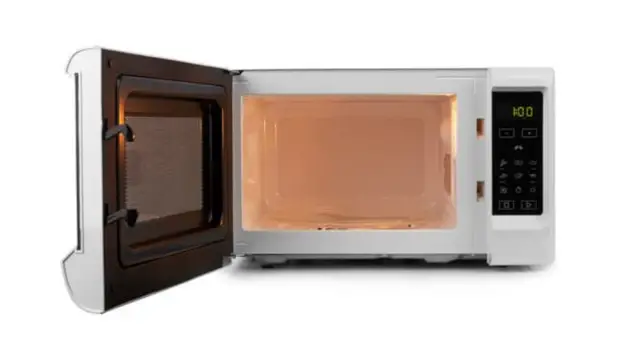
A microwave oven utilizes microwaves, a type of electromagnetic radiation, for cooking and heating food. In a microwave oven, microwaves are produced by a magnetron and directed into the oven’s cavity. These microwaves interact with water molecules in the food, causing them to vibrate and generate heat through friction. The efficient absorption of microwaves by water molecules makes microwave ovens a quick and convenient method for cooking and reheating. The application of microwaves in cooking highlights their ability to selectively heat water-containing substances, offering a practical and time-saving approach to food preparation.
Sun rays

Sun rays, or sunlight, are a natural source of radiant energy that sustains life on Earth. The Sun emits a broad spectrum of electromagnetic radiation, including visible light, ultraviolet (UV) rays, and infrared radiation. Plants harness sunlight for photosynthesis, and sunlight provides warmth and light for various ecosystems. Solar panels convert sunlight into electricity, showcasing how radiant energy from the Sun can be harnessed for practical applications. Sun rays are a fundamental example of radiant energy driving biological and technological processes on our planet.
Space heater
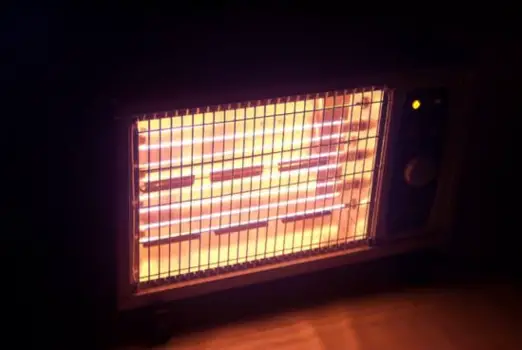
A space heater generates radiant heat to warm indoor spaces. Whether using infrared quartz elements or other heating technologies, space heaters convert electrical energy into radiant energy. The heating element emits infrared radiation that travels through the air and heats objects and surfaces in its path. This targeted heating approach makes space heaters energy-efficient for providing warmth in specific areas. The practical use of radiant energy in space heaters demonstrates their effectiveness in delivering quick and localized heating solutions in homes and offices.
Campfire

A campfire is a classic example of radiant energy in action. In a campfire, the combustion of wood or other fuel generates thermal energy in the form of heat. This heat is then radiated outward in the form of infrared radiation, creating a warm and cozy atmosphere around the fire. The radiant energy from the campfire not only provides heat but also produces visible light, offering illumination in the dark. The experience of sitting around a campfire highlights the transfer of thermal energy through radiant heat, a fundamental aspect of fire.
Sidewalk

A sidewalk can absorb and emit radiant energy, especially in urban areas where concrete or asphalt sidewalks are prevalent. During the day, the sidewalk absorbs radiant energy from the Sun, primarily in the form of sunlight. As the sidewalk warms up, it emits thermal radiant energy in the form of infrared radiation. This is why sidewalks can feel warm even after the Sun has set. The interchange of radiant energy between the Sun, the sidewalk, and the surrounding environment highlights the dynamic nature of energy transfer in urban landscapes.
Bunsen burner
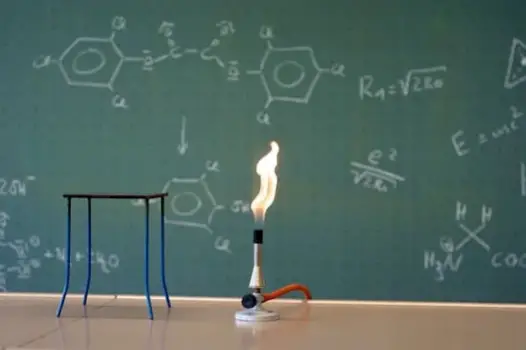
A Bunsen burner is a laboratory instrument that produces a flame by burning a flammable gas, usually natural gas or methane. The flame emits radiant energy in the form of visible light and heat. The blue color of the Bunsen burner flame indicates a high-temperature flame, with the coloration resulting from the emission of radiant energy during the combustion process. Bunsen burners are versatile tools in scientific laboratories, utilizing radiant energy for heating and sterilization purposes in various experiments and procedures.
Gamma ray
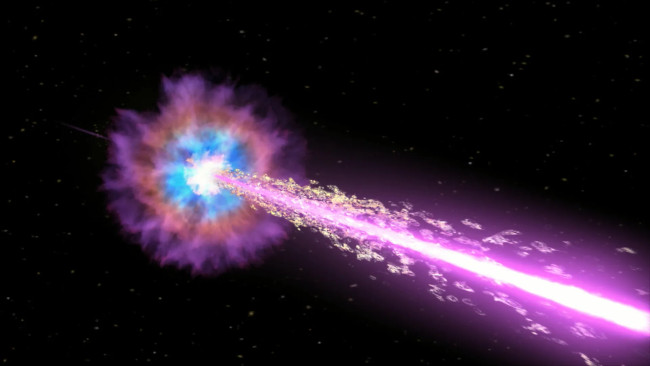
Gamma rays are a form of electromagnetic radiation with the shortest wavelengths and highest frequencies. They are produced in nuclear reactions and radioactive decay. Gamma rays have powerful penetrating abilities and are commonly used in medical imaging, such as gamma-ray imaging and positron emission tomography (PET) scans. Additionally, gamma rays play a crucial role in various industrial applications, including sterilization processes and quality control in manufacturing. Despite their high energy and potential dangers, gamma rays are harnessed for beneficial purposes, demonstrating the controlled application of radiant energy in diverse fields.
Radio wave
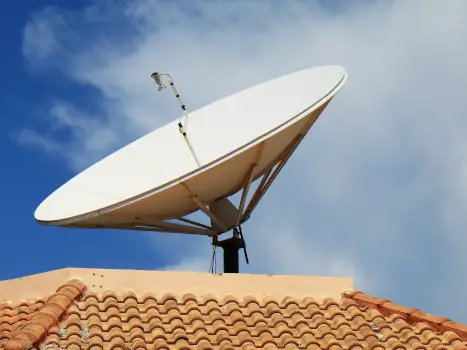
A radio wave is a form of electromagnetic radiation with longer wavelengths than visible light. Radio waves are used for wireless communication, including radio broadcasting, television transmission, and various forms of wireless data transfer. Radio signals, which are a type of electromagnetic wave, travel through the air and can carry information over long distances. The practical application of radio waves demonstrates their role in transmitting audio and visual content, making them an essential component of modern communication systems.
Computer

In a computer, radiant energy is evident in various components, most notably in the display. The monitor or screen of a computer emits radiant energy in the form of visible light when pixels are activated. Whether it’s an LED, LCD, or OLED display, the radiant energy produced allows users to visualize images, text, and graphics. Additionally, computers also emit electromagnetic radiation during wireless communication, such as Wi-Fi signals, showcasing the role of radiant energy in both visual display and communication technologies.
Barbecue grill

A barbecue grill utilizes radiant energy for cooking. When you ignite charcoal or gas in the grill, the flames produce radiant heat. This radiant energy is transferred to the food, cooking it through a process called thermal radiation. The heat generated by the flames radiates towards the food, creating that distinctive grilled flavor. Barbecue grills demonstrate the practical application of radiant energy in outdoor cooking, providing a source of heat that sears and cooks various types of food.
Hair dryer
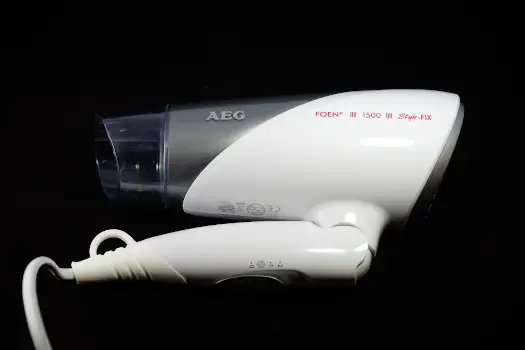
A hair dryer utilizes radiant energy in the form of infrared radiation to dry and style hair. When you turn on a hair dryer, the heating element inside generates infrared radiation, which penetrates the water molecules in wet hair, causing them to evaporate. This process efficiently transforms electrical energy into thermal energy, showcasing the targeted application of radiant heat for drying and shaping hair. Hair dryers illustrate the controlled use of radiant energy in personal care devices.
Ultraviolet
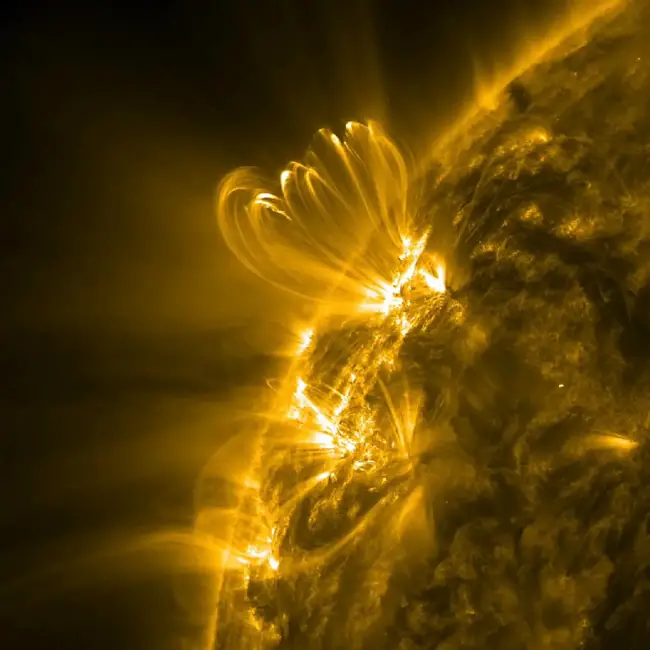
Ultraviolet (UV) radiation is a type of electromagnetic radiation with shorter wavelengths than visible light. While excessive exposure to UV radiation can be harmful to living organisms, controlled use of UV light has various applications. UV light is used in disinfection processes, water purification, and medical treatments. Additionally, UV radiation is responsible for the creation of vitamin D in the skin when exposed to sunlight. The diverse applications of ultraviolet light highlight its role in both beneficial and potentially harmful effects on living organisms and materials.
Infrared

Infrared radiation is a form of radiant energy that lies beyond the visible spectrum. It is characterized by longer wavelengths than visible light but shorter than microwaves. Infrared is used in various applications, including heating and communication. Infrared heaters, for example, emit infrared radiation that warms objects directly without heating the surrounding air, offering energy-efficient heating solutions. Infrared communication technologies, such as remote controls, use infrared signals for wireless data transmission. In both cases, the use of infrared radiation showcases its effectiveness in targeted heating and communication systems.
Heated roof

A roof that becomes warm, especially through direct exposure to sunlight, exemplifies the absorption and emission of radiant energy. When sunlight strikes the roof’s surface, the materials absorb the radiant energy, causing the roof to heat up. Subsequently, the heated roof emits infrared radiation as a form of radiant energy. In this scenario, the Sun serves as the primary external heat source, illustrating the principles of radiant energy transfer in the context of building structures.
Light fixture

A light fixture is designed to produce visible light through the use of various light sources, such as incandescent bulbs, fluorescent tubes, or light-emitting diodes (LEDs). When electric current flows through the light source, it emits radiant energy in the form of visible light. Light fixtures are used for illumination in homes, offices, and public spaces, providing both functional and aesthetic lighting. The efficiency, color temperature, and design of light fixtures contribute to the overall ambiance and functionality of indoor and outdoor spaces. The practical use of radiant energy in the form of visible light enhances visibility and creates inviting environments.
Hot sand

Hot sand on a sunny beach showcases the dynamic interaction of radiant energy. When sunlight illuminates the sandy surface, the sand absorbs the radiant energy. This absorption process leads to an increase in temperature, causing the sand to become hot. Consequently, the heated sand emits infrared radiation, contributing to the warm sensation experienced when walking or lying on the beach. The Sun, acting as the primary external heat source, directly influences the transfer and transformation of radiant energy in the sandy environment.
Related
More topics
- Thermal energy
- Potential energy
- Kinetic energy
- Chemical energy
- Electrical energy
- Geothermal energy
- Radiant energy
- Sound energy
- Elastic energy
- Gravitational energy
- Mechanical energy
- Electric potential energy
- Rotational energy
- Photon energy
External links
- https://justenergy.com/blog/radiant-energy-beginners-introduction/
- https://examples.yourdictionary.com/examples-of-radiant-energy.html
- https://www.solarschools.net/knowledge-bank/energy/types/radiant
- https://study.com/academy/lesson/what-is-radiant-energy-definition-examples.html
- https://www.sciencefacts.net/radiant-energy.html
Deep
Learnool.com was founded by Deep Rana, who is a mechanical engineer by profession and a blogger by passion. He has a good conceptual knowledge on different educational topics and he provides the same on this website. He loves to learn something new everyday and believes that the best utilization of free time is developing a new skill.
